Home > About Us > Corporate Social Responsibility > Sustainability Report > Sustainability Report 2009 > Measures Against Global Warming
 Measures Against Global Warming
Measures Against Global Warming
Kobelco Logistics, Ltd. has set up facilities at the Kakogawa and Kobe works and at the Kansai and Kanto Logistics Centers to supply electricity to shipping. More than 400 ships on domestic routes are using these facilities each month. Ships' generators that run on fuel oil can be closed down, helping to reduce emissions of CO2, NOx and SOx, and to save energy. Crews also welcome the low noise of electricity provision from land.
|
|||||||||||||||||||||||||||||||||||||||||||||||||||||||||||||||||||||||||||||||||||||||||||||||||||||||||||||||||||||||||||||||||||||||||||||||||||||||||||||||

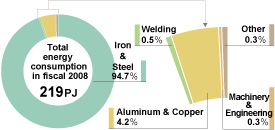


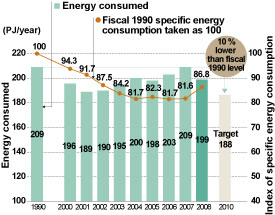
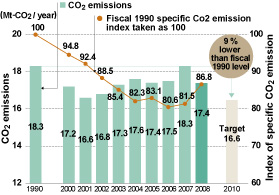
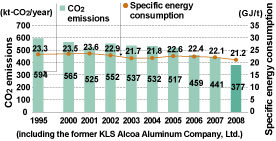
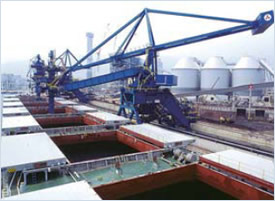
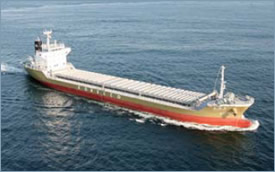
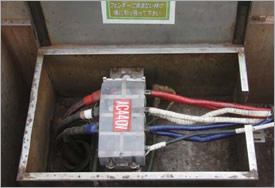
 Supplying electricity to ships from shore
Supplying electricity to ships from shore